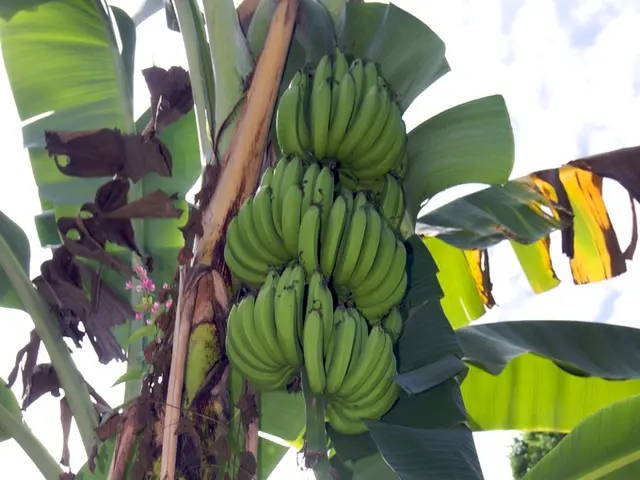High-Tech Helpers: Drones Transform Everest Expeditions
Delivery Drones Transport Cargo to Mount Everest Peak
Transforming the faces of Mount Everest expeditions, drones have found their niche in everything from filming, glacier observations to waste removal and cargo transportation. The Sherpas' tasks have become safer, and the climbing experience is now streamlined.
Drones have become indispensable, particularly in the Himalayas, for film shoots, glacier research, or measurements. The Unmanned Aerial Vehicles (UAVs) are also being employed for waste removal and transporting supplies on the 8,849-meter high Mount Everest. They are designed to make the work of the Sherpa guides, porters, and climbers less strenuous, and to ensure a safer climb in thin air, ice, and snow.
Raj Bikram Maharjan, CEO of Airlift Technology in Kathmandu, explains that their drones carry essential equipment like ladders, tents, ropes, and oxygen bottles. The work that once took Sherpas seven hours to complete can now be done in just seven minutes, making the process significantly more efficient.
Two FlyCart 30 cargo drones, developed in China, fly between the base camp and Camp 1, located above 6,000 meters, supporting climbers during their expedition. These drones are essential for the Sherpa teams that help hundreds of climbers every year reach the summit of Everest in spring or fall.
The advantage: The use of these drones minimizes the number of trips through the notorious Khumbu Icefall, a treacherous zone with ice towers and crevasses above the base camp that climbers must navigate during ascent. Most climbers manage to pass through this zone due to a route created by local specialists, making it as safe as possible, and with the use of ladders and ropes.
Drones were introduced through a partnership between the Khumbu Pasang Lhamu municipality and DJI. Initially, they were only designed for waste disposal but after successful tests in spring 2024, they were handed over to Airlift for further use. The municipality continues to support the drone operation, ensuring the safety of the route through the Khumbu Glacier and removal of waste on Everest and Ama Dablam, a neighboring mountain.
DJI states that a drone can carry up to 40 kilograms of cargo for approximately nine minutes, with battery power. However, the drone's performance decreases at higher altitudes. Nevertheless, the number of drone deployments is increasing. Last year, drones were already used to transport oxygen bottles to Camp 1 and return waste. This year, they were utilized for surveying the Khumbu Icefall and finding new routes.
While there are concerns that drone use might negatively impact the employment of Sherpas, operators have taken this into account, says Maharjan. In fact, the Sherpas are elated about it. As natural dangers make many unwilling to work in the dangerous Khumbu Icefall, they are relieved that the risky, laborious tasks can now be handled by drones.
However, high costs currently limit drone access. Acquisition costs of around $50,000 per drone are prohibitive for smaller expedition organizers. But Maharjan anticipates a drone boom in the future, believing drones hold a promising future within the Himalayas.
- As technology advances, drones are not only confined to Mount Everest, but they are becoming a part of other International expeditions, revolutionizing lifestyle choices and sports activities by providing safe and efficient transportation of gadgets and other essential supplies.
- The adoption of drone technology in Himalayan travel extends beyond mountaineering, as it also finds application in the realm of lifestyle, with gadget-loving tourists using these Unmanned Aerial Vehicles (UAVs) for capturing breathtaking travel vistas and documenting their adventures.
- In the realm of sports and technology, the integration of drones is transforming the way we approach mountaineering, making the journey to conquer Mount Everest and other high peaks a safer and more streamlined experience for climbers, Sherpas, and porters alike.







